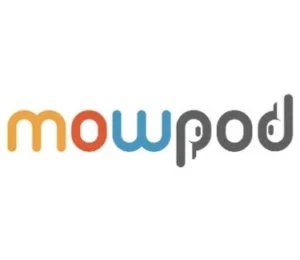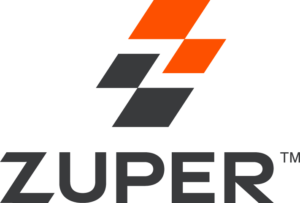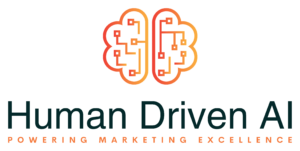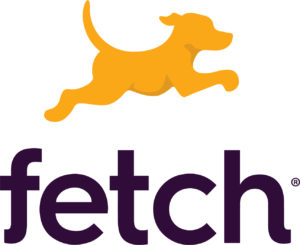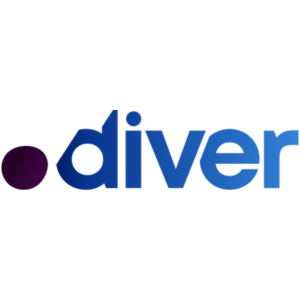The rise of data collaboration
- Part 1 The rise of data collaboration
- Part 2The effects of 3rd-party cookie deprecation
Show Notes
-
02:14Current trends in data collaborationData collaboration is experiencing a surge of new players, established players like Lotame, and major tech companies such as Google and Amazon offering solutions. This evolution enables marketers to understand buying behavior by seamlessly merging multiple datasets.
-
03:02Challenges in implementing data collaboration initiativesBusinesses struggle to unify data from different internal systems and combine their first-party data with external partners' data for a holistic customer view. This is particularly challenging as traditional methods for measurement, like third-party cookies, are disappearing.
-
05:23Use cases for data collaborationBeyond customer insights, businesses can use it to improve media buying by identifying overlap between their target audience and a media outlet's consumers. In addition, complementary collaborations leverage shared customer bases for co-marketing opportunities.
-
07:15Foundations for data collaboration successEffective data collaboration requires preparation and alignment on a common ID to securely combine data sets without exposing personal or proprietary information. This facilitates the merging of first-party data sets, maximizing the value and insights derived.
-
09:01Innovation through complementary data collaborationsCollaboration on common data sets enables brands to move away from third-party data, using first and second-party data for targeted marketing. For example, a hotel company sharing its strong signal of intent to book a room in Miami allows an airline to target Miami deals to a high-intent audience.
-
10:27The evolution of data collaborationAs cleanroom and data collaboration environments become more prevalent, larger organizations are increasingly comfortable with sharing data to unlock collaborative opportunities. These environments mitigate the risk of data exposure and misuse.
-
11:08Data collaboration protectionsData collaboration platforms offer features like limitations on data visibility (minimum overlap thresholds), and data manipulation (adding noise) to prevent misuse. Choosing the right collaboration partner depends on specific use cases and desired levels of data protection.
-
12:23Leveraging data sharing for enhanced customer insightsData collaboration integrates diverse datasets beyond conventional sources like Google and partnerships, sustaining functionality despite declining third-party cookies. By Leveraging common IDs, data collaborations ensure ongoing insight into customer behavior.
-
13:30Data collaboration approaches for large vs. small businessesLarge companies with the resources typically leverage collaborations for partner data to augment their first-party data for enablement. On the other hand, smaller businesses prefer user-friendly, one-stop-shop solutions for data enrichment, activation, and modeling.
-
15:05Data collaboration and cleanrooms vs. data warehousesData collaboration complements existing data infrastructure like customer data warehouses. These platforms are now incorporating permissioned data-sharing functionalities to enable collaboration among their customers.
-
16:08Data collaboration for multinational marketingOrganizations face uneven regulatory environments for data on multiple continents, and data permissioning can help weave through these inconsistencies. Data collaboration and cleanrooms enable brands to continue leveraging their data assets comfortably and securely.
-
17:22Future trends in data collaborationAgencies will likely establish preferred publisher networks, committing funds for ad inventory in exchange for first-party data access. While direct brand-to-publisher collaborations are also emerging, the agency-led model appears to be the stronger and more scalable approach.
Quotes
-
"There's a lot of preparation that needs to go into what data each party wants to put into those collaborative environments. One of the important things is a dependency on a common ID." - Alexandra Theriault
-
"Well see an evolution to the comfort level of this type of data sharing because, through these cleanrooms and data collaboration environments, that risk of exposure of data being stolen has been minimized." - Alexandra Theriault
-
"We're seeing data collaborations preserve that cookie functionality for customer insights as a means to join those two different data sets and do it on that common ID." - Alexandra Theriault
-
"Data collaboration and cleanrooms are presenting a promising future for the ability to continue joining data in a way that's going to make everybody feel more comfortable about the utilization of their data assets." - Alexandra Theriault
-
"We're going to see agencies working to stand up preferred publisher networks on behalf of their brands, where they're pre-committing dollars to buy inventory in exchange for that first-party data relationship." - Alexandra Theriault
- Part 1 The rise of data collaboration
- Part 2The effects of 3rd-party cookie deprecation
Up Next:
-
Part 1The rise of data collaboration
Alexandra Theriault, Chief Growth Officer at Lotame, delves into navigating the evolving data landscape. With third-party cookies disappearing, many new players are emerging with solutions for data collaboration. Now that companies must lean more heavily on their first-party data, players like Lotame are helping them join data sets in secure environments to gain richer customer insights for innovation and optimize marketing campaigns for success. Today, Alexandra discusses the rise of data collaboration.
-
Part 2The effects of 3rd-party cookie deprecation
Alexandra Theriault, Chief Growth Officer at Lotame, delves into navigating the evolving data landscape. For years, third-party cookies have tracked users across websites, allowing advertisers to target them with laser precision. However, with growing concerns about user privacy, third-party cookies are going away, and marketers will need to rely on alternative solutions to reach existing and new customers and measure campaign effectiveness. Today, Alexandra discusses the effects of third-party cookie deprecation.
Play Podcast





